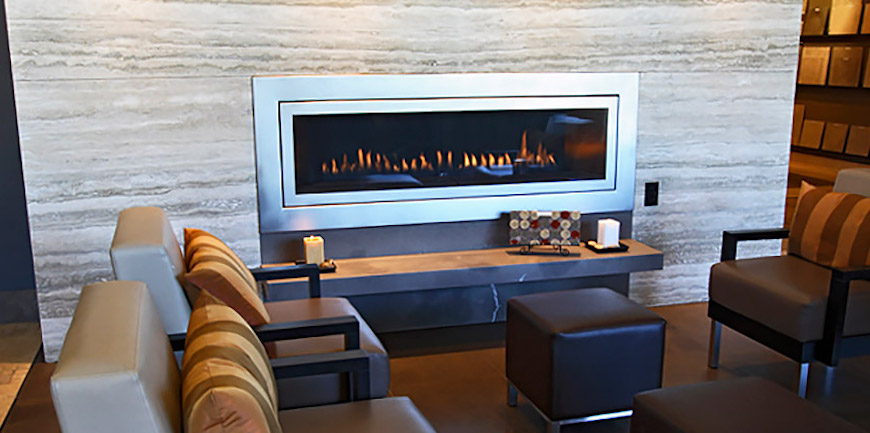Surface Summary: Travertine

SHARE
One of the most sophisticated and enduring natural stones, travertine is formed when particles of calcium carbonate are deposited on the earth’s surface by rivers, natural springs, or geysers. This water flow gives travertine the concentric rings or waves of movement usually seen when the stone is crosscut. Colors of travertine range from soft white and silver tones to warm golds and deeper brown hues.
Travertine has been used as a building material for thousands of years and was especially popular in ancient Rome, as the surrounding region produces large travertine deposits. Roman temples, aqueducts, monuments, baths, and even the Colosseum were all built using travertine. Today, it is frequently found in modern architecture including the Getty Center in Los Angeles, and the façades of several Lincoln Center facilities in New York.
Today’s residential applications for travertine typically include wall cladding, flooring, fireplace surrounds, and bathroom vanities. Like all natural stones, travertine should be sealed. It is softer and less dense than granite, marble, and limestone, and although sealing will help resist staining, it will still be prone to scratching and acids. Small holes inherent throughout travertine are typically filled at the factory to create a more durable surface. Travertine is available in both honed and polished finishes, however etching from acids or wear (especially when used as flooring) will remove polish over time. This classic stone can be used in countless stunning designs and will pleasantly wear to a natural antique finish with age.